


Kyoto
Asia
/
Japan
/
Kyoto
Enveloped by wooded mountains in a valley, Kyoto is recognized as Japan's cultural core and former royal capital. The city is marked by four distinct seasons—humid summers, autumn renowned for its amber-colored leaves, the rare snowfalls in winter, and springs that are celebrated for the beautiful cherry blossoms.
Unlike Tokyo's modern lifestyle, Kyoto exhibits a more reflective pace where contemporary living blends effortlessly with ancient customs. It's not rare to see both locals and tourists donning traditional yukatas while taking a walk through the historical districts. Alongside the buzzing shopping malls, Buddhist temples continue to perform age-old rituals.
One of the exceptional aspects of Kyoto is its extraordinary clustering of cultural masterpieces—more than 1,600 Buddhist temples, 400 Shinto sanctuaries, and 17 UNESCO World Heritage Sites. The city boasts a variety of architectural styles, ranging from imperial palaces to traditional wooden machiya establishments. Its gourmet cuisine has brought it recognition as one of the gourmet capitals of Japan.
Landmarks you must visit include the iconic golden pavilion of Kinkaku-ji shimmering in its mirror pond or the captivating bamboo grove in Arashiyama. The historical Gion district offers sightings of geishas hurrying between teahouses, while the tranquil Philosopher's Path presents a serene walking route amidst temples.

Get to Know Kyoto
Take a tour of this destination's highlights

Travel Tips for Kyoto
What you need to know before traveling here
Getting Around Kyoto
A guide to Kyoto's local transportation
Although Kyoto's subway system consists of just two lines, they are efficient and immaculate. Get an IC card (ICOCA) for effortless commuting. The JR lines connect most tourist spots and adjoining cities. Trains operate from 5:30 AM to 11:30 PM with signage in English for ease of navigation.
Practical Tips for Kyoto
Things to prepare and best way to visit
The peak seasons are spring (March-May) for cherry blossoms and fall (October-November) for the autumn leaf-peeping. It is advised to book your stay months ahead during these periods.
Budget around ¥10,000-15,000 ($70-100) per day for mid-range travel, including lodging, meals, and tourist spots. Entrance fees for temples generally fluctuate between ¥500-1000 each.
English is typically understood at prominent tourist locations and hotels. Still, local eateries and shops might have limited English proficiency. A translation app and basic Japanese phrases can come in handy.
Yes, especially at popular dining establishments and high-end kaiseki eateries. As many temples close around 4-5 PM, schedule your visits accordingly.
Downtown Kyoto (Kawaramachi/Sanjo), with its accessibility to shopping spots and eateries, is a recommended place to stay. If you prefer a more traditional experience, consider Southern Higashiyama or Gion.
See All Practical Tips for Kyoto

Explore Kyoto
Create your itinerary with our top picks below

Get to Know Kyoto

Travel Tips for Kyoto

Explore Kyoto
More Destination Near Kyoto

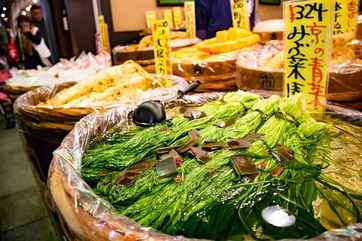


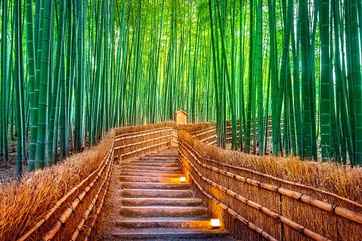

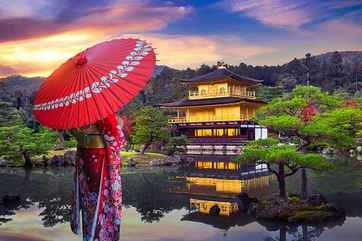






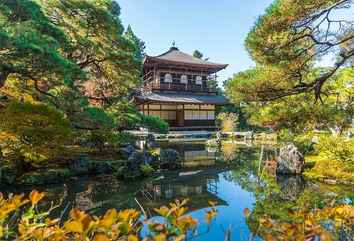











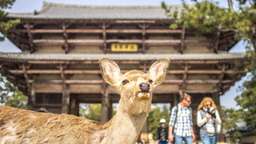






![[One-day tour from Kyoto to Nara] 3-hour tour of Arashiyama and Nara Park (from Osaka and Kyoto), 1.068.415 VND](https://ik.imagekit.io/tvlk/xpe-asset/AyJ40ZAo1DOyPyKLZ9c3RGQHTP2oT4ZXW+QmPVVkFQiXFSv42UaHGzSmaSzQ8DO5QIbWPZuF+VkYVRk6gh-Vg4ECbfuQRQ4pHjWJ5Rmbtkk=/3072794944252/-One-day-tour-from-Kyoto-to-Nara-3-hour-tour-of-Arashiyama-and-Nara-Park-%2528from-Osaka-and-Kyoto%2529-ec530a6f-23cc-41d8-ac06-43ebe62fa042.jpeg?_src=imagekit&tr=c-at_max,h-456,q-60,w-256)
![[Osaka Check-in Hotspot] Katsuo-ji Temple x Minoh Falls x Arashiyama Bamboo Forest x Todai-ji Temple x Nara Park | Osaka Day Tour, 1.640.903 VND](https://ik.imagekit.io/tvlk/xpe-asset/AyJ40ZAo1DOyPyKLZ9c3RGQHTP2oT4ZXW+QmPVVkFQiXFSv42UaHGzSmaSzQ8DO5QIbWPZuF+VkYVRk6gh-Vg4ECbfuQRQ4pHjWJ5Rmbtkk=/5302561090382/-Osaka-Check-in-Hotspot-Katsuo-ji-Temple-x-Minoh-Falls-x-Arashiyama-Bamboo-Forest-x-Todai-ji-Temple-x-Nara-Park-Osaka-Day-Tour-4bb1aad4-85a4-4057-9029-21e65355fd0d.jpeg?_src=imagekit&tr=c-at_max,h-456,q-60,w-256)









![[Traveloka Exclusive 30% OFF] Wakana Kimono Rental Experience | Kyoto, Japan, 1.708.881 VND](https://ik.imagekit.io/tvlk/xpe-asset/AyJ40ZAo1DOyPyKLZ9c3RGQHTP2oT4ZXW+QmPVVkFQiXFSv42UaHGzSmaSzQ8DO5QIbWPZuF+VkYVRk6gh-Vg4ECbfuQRQ4pHjWJ5Rmbtkk=/9524204645390/-Traveloka-Exclusive-30-OFF-akana-Kimono-Rental-Experience-Kyoto-Japan-051bc231-5ddd-4edb-96fa-146939094ceb.jpeg?_src=imagekit&tr=c-at_max,h-456,q-60,w-256)








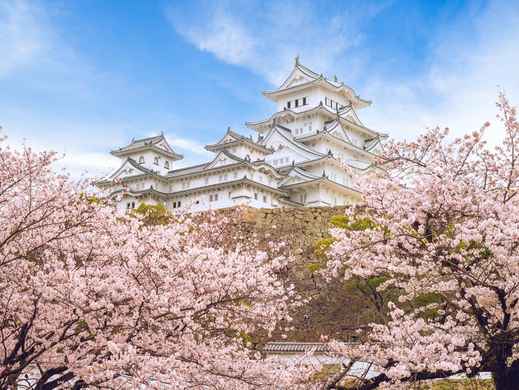


 Facebook
Facebook Instagram
Instagram TikTok
TikTok Youtube
Youtube Telegram
Telegram
